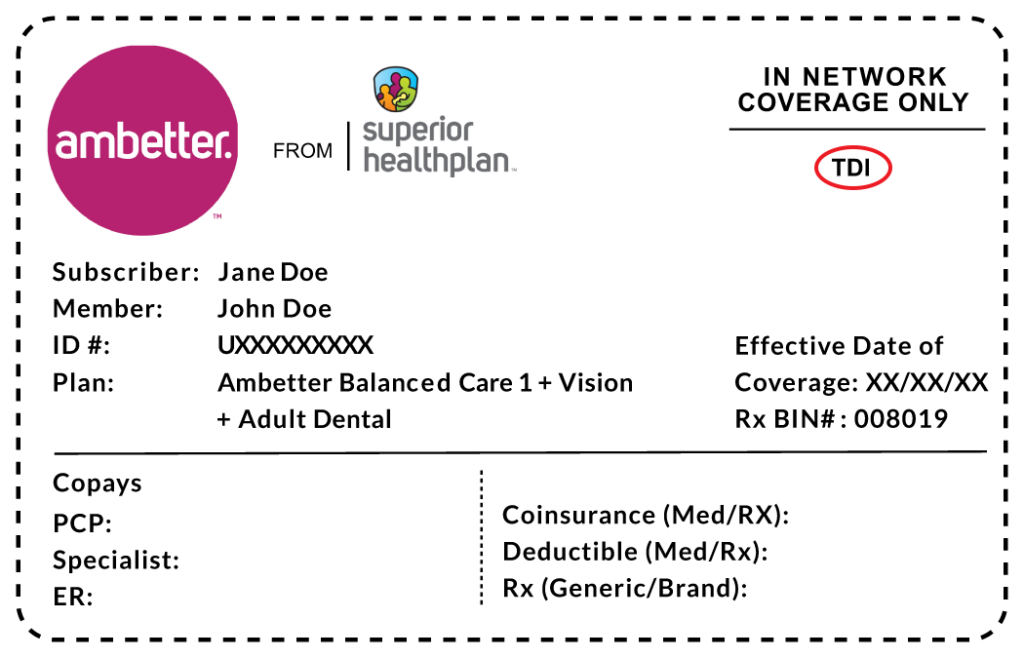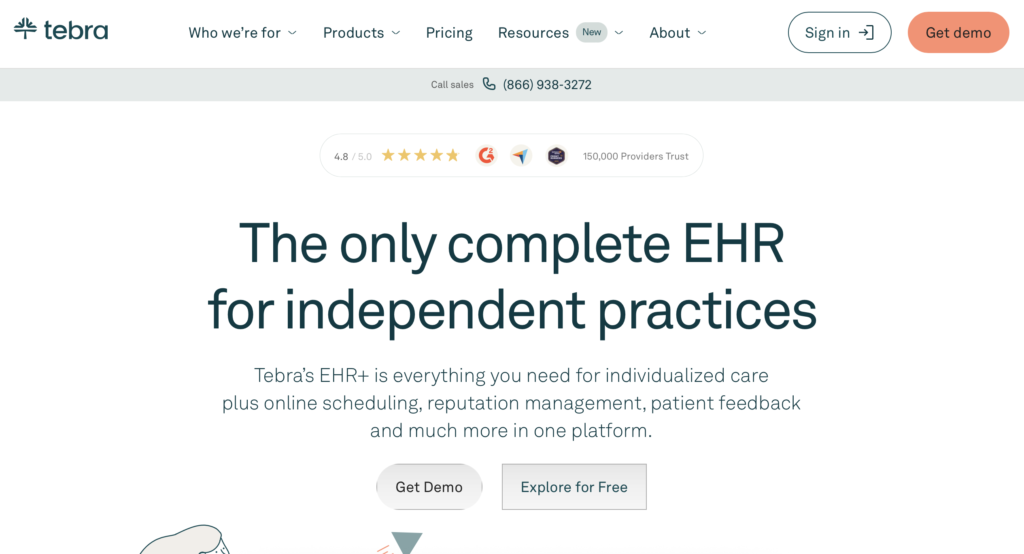Understanding Health Insurance: A Comprehensive Guide
As a solo practice doctor, understanding health insurance was one of my biggest challenges. The complexities of premiums, deductibles, and prior authorizations felt daunting at first. However, over time, I’ve learned to navigate these waters, and I’ve created this guide as a primer to help other physicians, particularly those new to private practice, make sense of it all.
Navigating health insurance is an essential skill for any doctor managing a practice. It’s not just about understanding how insurance impacts patients—it also influences your reimbursement, the care you provide, and the overall functioning of your practice. Below, I’ll share what I’ve learned about key insurance concepts and how they apply to your role as a provider.
Key Terms in Health Insurance
Premium
The premium is the amount patients pay to their health insurance company every month to maintain coverage. This is a consistent cost regardless of whether the patient uses medical services that month. As a provider, this isn’t a direct concern, but understanding premiums can help you address patient questions about cost.
Deductible
The deductible is the amount a patient must pay out-of-pocket for healthcare services before their insurance plan starts covering costs. For example, if a patient’s deductible is $1,500, they’ll need to pay $1,500 for covered services before their insurer begins to pay. Deductibles can significantly impact your collections if patients aren’t prepared to pay upfront.
Co-pay
A co-pay is a fixed amount patients pay for specific healthcare services, such as a doctor’s visit or prescription medication. For example, patients might have a $25 co-pay for a primary care visit. Co-pays are common even after the deductible is met. Specialist visits often have higher co-pays, such as $50 or more. Understanding co-pays can help you set patient expectations at the time of service.
Co-insurance
Co-insurance is the percentage of costs patients share with their insurer after meeting their deductible. For instance, if the co-insurance is 20%, patients will pay 20% of the cost of covered services, and the insurer will pay the remaining 80%. This is a key area where billing transparency is crucial.
Out-of-Pocket Maximum
This is the most a patient will pay for covered healthcare services in a plan year. Once this limit is reached, insurance covers 100% of the allowed amount for covered services. As a doctor, knowing a patient’s out-of-pocket maximum can help in structuring long-term treatment plans.
Billed Amount vs. Allowed Amount
- Billed Amount: The amount you, as a provider, charge for a service.
- Allowed Amount: The maximum amount the insurance company will pay for a covered service. If your billed amount exceeds the allowed amount, patients may be responsible for the difference, depending on their plan. Setting clear billing policies can minimize confusion.
Prior Authorization
Some services, such as surgeries or high-cost medications, require prior authorization from the insurance company. This means your office must get approval from the insurer before proceeding to ensure coverage. Efficient prior authorization processes can improve patient satisfaction and reduce denied claims.
In-Network vs. Out-of-Network
- In-Network: These providers have agreements with the insurer to offer services at negotiated rates. Being in-network typically increases patient volume but may lower per-visit reimbursement.
- Out-of-Network: These providers do not have agreements with the insurer, often resulting in higher costs for patients and sometimes higher reimbursement rates for you. However, patients are less likely to choose out-of-network providers unless they have specific reasons, such as unique expertise.
Can You See Patients Who Are Out-of-Network?
Yes, you can see out-of-network patients. However, the cost to them will typically be higher. When a patient goes out-of-network, they may need to pay the full billed amount or a significantly larger portion compared to in-network care. Some plans offer partial reimbursement for out-of-network care, but others may not cover it at all. Transparency about costs and payment options is critical when treating out-of-network patients.
What Does Out-of-Network Actually Mean?
Out-of-network means you haven’t negotiated rates with the patient’s insurance company. The insurer may cover a smaller portion of the cost, leaving more for the patient to pay. Patients should check their plan details to understand out-of-network benefits, and you should be prepared to explain how this impacts billing.
Explanation of Benefits (EOB)
An EOB is a document the insurance company sends after a patient receives care. It details what services were billed, how much the insurer paid, and what the patient owes. Reviewing EOBs can help you identify discrepancies in reimbursement.
High-Deductible vs. Low-Deductible Plans
When patients select a health insurance plan, one critical decision is whether to opt for a high-deductible or low-deductible plan. Here’s how they differ:
- High-Deductible Plan: These plans have lower premiums but higher deductibles. Patients with high-deductible plans often delay or avoid care due to cost concerns, which can affect scheduling and collections. Pairing these plans with Health Savings Accounts (HSAs) can help patients offset expenses.
- Low-Deductible Plan: These plans have higher premiums but lower deductibles. Patients with low-deductible plans are more likely to seek care regularly, ensuring consistent patient flow and payment.
Capitated Insurance Plans
Capitated insurance plans are a payment model where healthcare providers are paid a set amount per patient, per month, regardless of how many services the patient uses. While this system incentivizes efficiency and preventive care, it may also limit patient choice and require meticulous management to ensure profitability.
Additional Considerations
Formulary
A formulary is a list of prescription drugs covered by the patient’s insurance plan. Medications are often categorized into tiers, with lower tiers being more affordable. Familiarity with formularies can streamline prescribing and minimize patient frustration.
HSA and FSA
- Health Savings Account (HSA): A tax-advantaged savings account available with high-deductible health plans. Patients can use these funds for qualified medical expenses, including co-pays and prescriptions.
- Flexible Spending Account (FSA): Similar to an HSA, but funds typically must be used within the plan year. Encouraging patients to use FSA funds before expiration can prevent gaps in treatment.
Special Enrollment Period (SEP)
Outside of the annual Open Enrollment Period, patients can only enroll in or change insurance plans during a Special Enrollment Period triggered by life events like marriage, having a baby, or losing coverage. Understanding these windows can help you advise patients on coverage continuity.
Tips for Fellow Doctors
- Understand Your Patients’ Plans: Familiarize yourself with the most common insurance plans among your patient population.
- Stay In-Network Strategically: Evaluate whether being in-network for certain insurers aligns with your financial and practice goals.
- Check Coverage for Patients: Verify insurance details before services to avoid surprises for both you and the patient.
- Streamline Prior Authorizations: Establish a dedicated process for obtaining prior approvals efficiently.
- Educate Your Staff: Train your front desk and billing staff to explain insurance terms clearly to patients.
- Utilize Preventive Services: Encourage patients to use covered preventive services, which often come at no cost to them and promote long-term health.
Final Thoughts
Navigating health insurance is an integral part of running a successful practice. By understanding the key concepts and proactively managing the challenges, you can provide better care for your patients while maintaining the financial health of your practice. Stay informed, adapt to changes, and mentor others to foster a more informed and effective medical community.
For a step by step guide on the timeline to setting up a medical practice, check out my blog post here.



